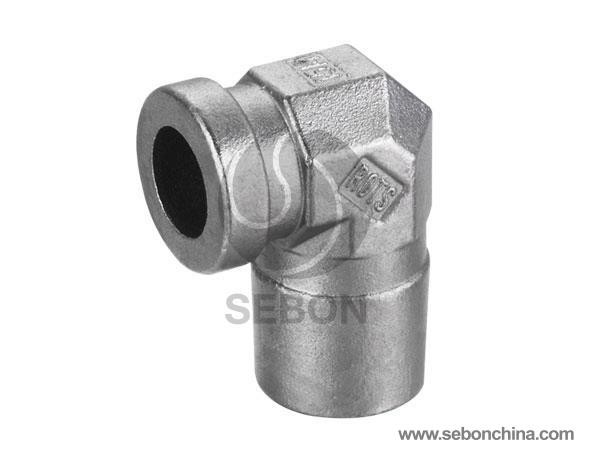
- [email protected]
- 0086-371-86560898

Contact us now for any need or questions about our company or product.

Since the discovery of the earth's minerals, metal casting process has played an important role in society. An integral part of every technological advance, castings have allowed us to build equipment to feed our people, fight for democracy, and build infrastructure and manufacture cars, trains and airplanes. In general, castings have been and will continue to be the key ingredient in the recipe for a better way of life. There are various types of casting process, such as sand-casting, permanent-mould casting, investment casting and die-casting. Due to the words limitation, in this investigative study, only the development, technical challenges, recent findings, future direction, range of applications and shortcomings of pressure die-casting process will be discussed.
Pressure Die-casting is similar to permanent mold casting except that the metal is injected into the mold under high pressure of 7-350Mpa (1,000-50,000) psi. This high pressure will not be removed till the solidification is finished. It is called die-casting, because the molds in this casting operation are called dies. Metal is forced into the die cavity by the pressure is the most notable feature that shows this process is different from others in the casting category (Long et al., 2008).
In this technique, the mould will not be destroyed after each cast but is permanent, being made of a metal such as cast iron or steel. There are two types of pressure die casting processes, High pressure die casting and low pressure casting. High pressure die casting is the most widely used, representing about 50% of all light alloys casting production. Low pressure die casting currently accounts for about 20% of production and its use is increasing. Rests are gravity die casting, vacuum die casting and squeeze casting process (AZOM, 2008).
Die casting molds tend to be expensive as they are made from hardened steel-also the cycle time for building these tend to be long. Also the stronger and harder metals such as iron and steel cannot be die-cast in the past. However, by the developing of the numerical simulations system and optimization techniques, these issues are no longer impede the pace of progress in the modern world. Numerical simulations and optimization techniques can help foster the success and viability of the foundry industry for many years to come. The more capability and accuracy that is built into our simulation tools, the better and more efficient casting can be produced.
